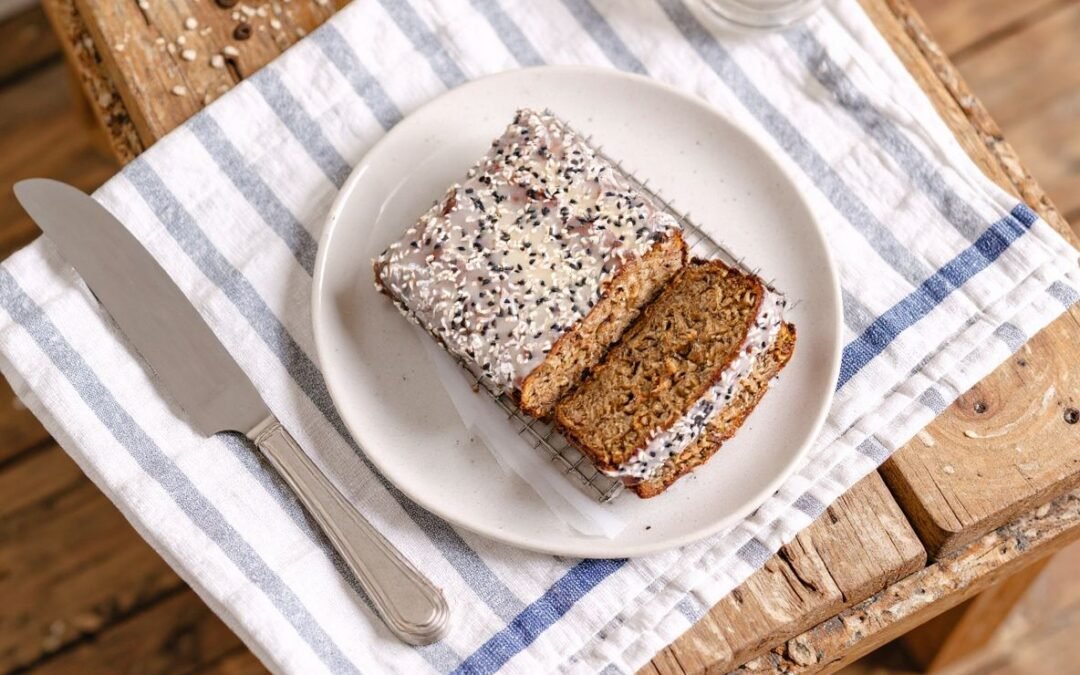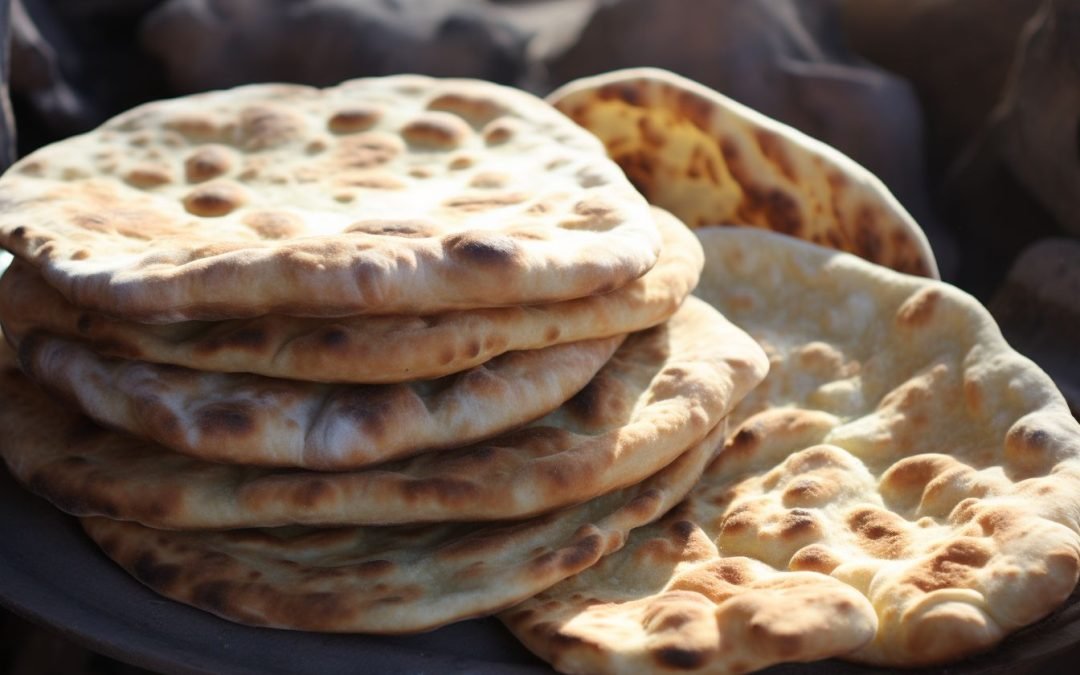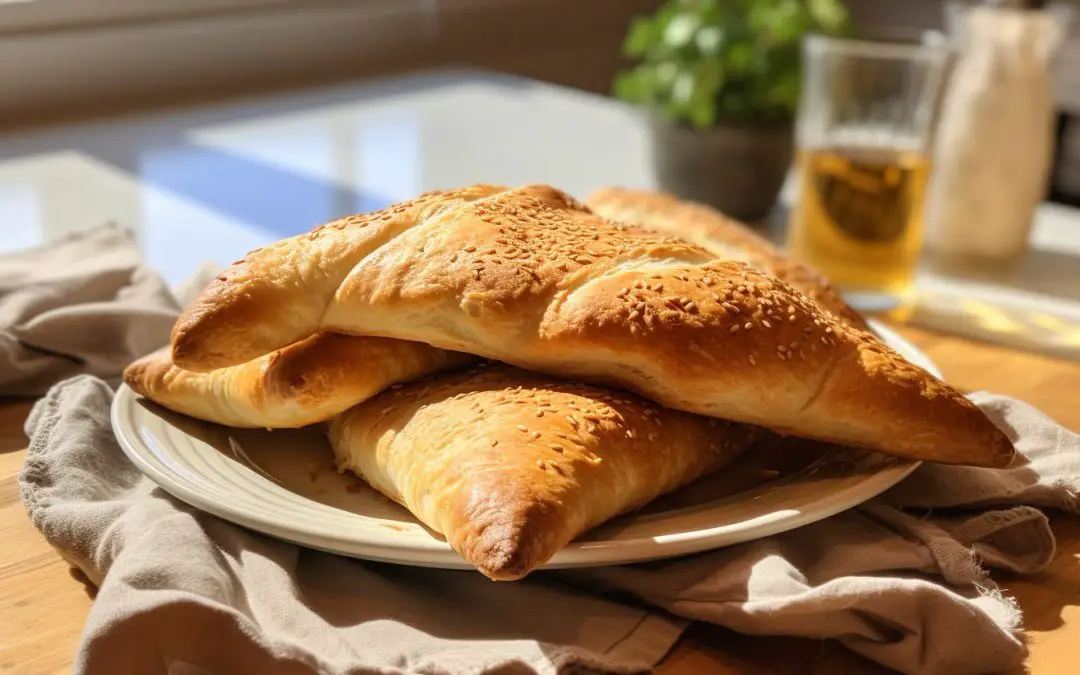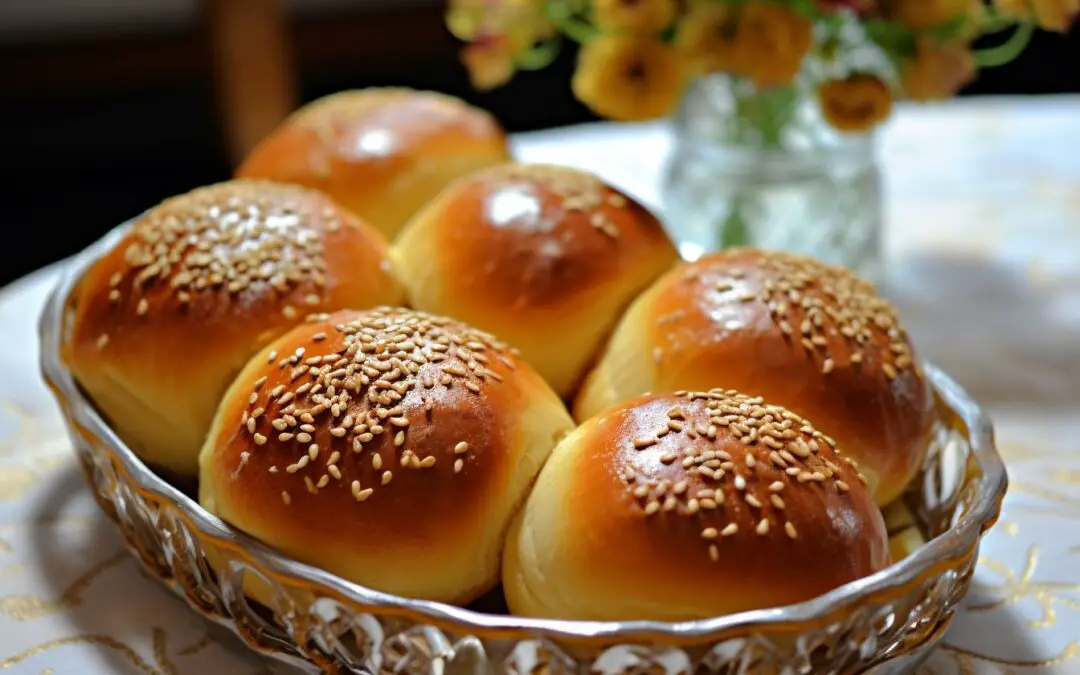Step into a small Middle Eastern restaurant in the heart of Manhattan, where the tantalizing aromas of exotic spices and the heavenly scent of freshly baked Turkish lavash bread beckon. In addition, discover the secret behind this beloved bread, shared by a former Middle Eastern refugee with a mischievous smile.
It was a crisp autumn morning when my girlfriend and I found ourselves in the heart of Manhattan, seeking solace from the hustle and bustle of the city. Our wandering feet led us to a small Middle Eastern restaurant on a bustling street corner. The air was filled with the tantalizing aromas of exotic spices and freshly baked bread, enticing us to step inside.
As we entered, a warm, welcoming atmosphere embraced us. Moreover, the walls were adorned with vibrant tapestries and ornate Middle Eastern artwork, creating a sense of cultural richness. We took our seats at a cozy corner table. Next, we eagerly perused the menu, captivated by the array of Middle Eastern delicacies. The colorful descriptions of the dishes left our taste buds in anticipation. Finally, a friendly server approached us, exuding a genuine kindness that made us feel at home.
As we immersed ourselves in the vibrant ambiance, an unfortunate accident occurred. One of the customers, in their haste, accidentally knocked over a delicate plate, causing it to shatter into a thousand pieces. The sound echoed through the restaurant, momentarily silencing the cheerful chatter. The owner, a former Middle Eastern refugee, approached the scene calmly and understandingly. Rather than expressing anger or frustration, he gently picked up the broken pieces and assured the customer that accidents happen, assuaging their embarrassment.
Intrigued by the authenticity I couldn’t help but initiate a conversation with the owner. I expressed my admiration for the culinary wonders we had witnessed, particularly the lavash bread that graced the tables of every diner. It was a soft, pillowy bread, perfect for wrapping around succulent kebabs or dipping into creamy hummus.
With great excitement, I eagerly took a bite of the lavash bread, savoring its heavenly taste. The delicate crunch of sesame seeds and the subtle earthiness of nigella seeds added a delightful contrast to the softness of the bread itself. Each mouthful was a symphony of flavors, transporting me to the bustling streets of the Middle East.
To my surprise, the owner’s eyes twinkled with a hint of mischief as I requested the recipe for this cherished bread. After a thoughtful pause, he smiled and agreed to share the recipe behind the lavash bread that had captured my heart.
To make lavash bread, you will need active dry yeast, warm water, sugar, unsalted butter or margarine, flour, fine salt, sesame seeds for garnish, and nigella seeds for garnish.
So, the next time you gather with loved ones or seek solace in a quiet corner, consider serving lavash bread. Let its softness and warmth envelop you as you create your own story, one delicious bite at a time. Alongside this delightful bread, you can serve it with an array of Middle Eastern delights such as smoky baba ganoush, tangy tzatziki, vibrant tabbouleh, or even a platter of grilled kebabs. Allow the flavors to intertwine, the stories to unfold, and the magic of Middle Eastern cuisine to transport you to far-off lands without ever leaving your own kitchen.
Here is how I made the lavash bread at home.
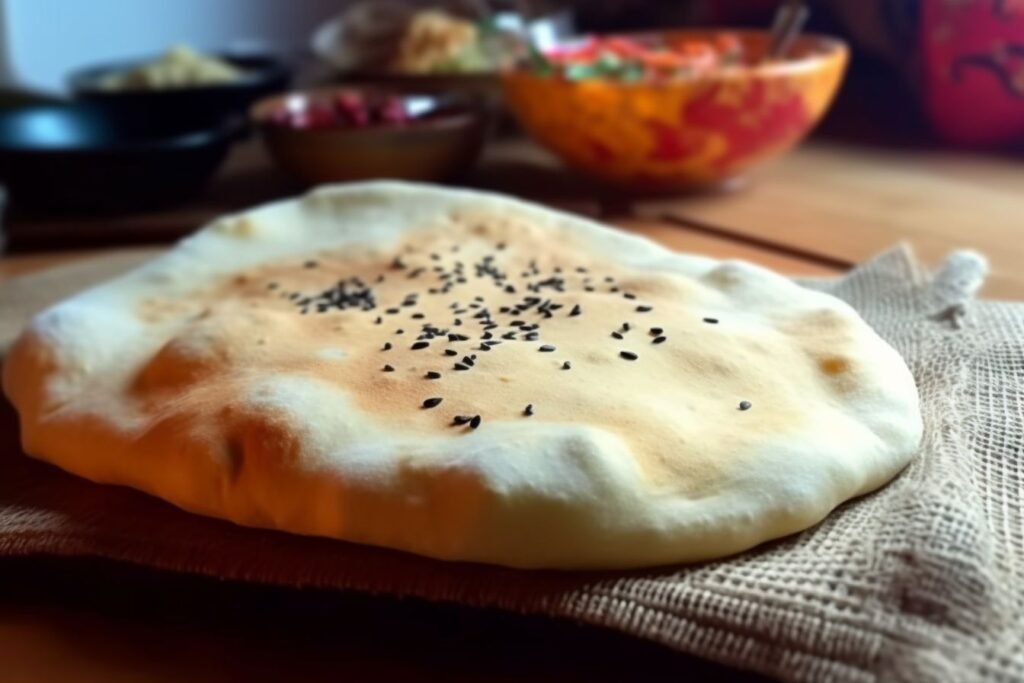
Ingredients:
- 2.5 teaspoons of active dry yeast
- 1.25 cups of warm water
- 2 teaspoons of sugar
- 4 tablespoons of unsalted butter or margarine
- 3.5 cups of flour
- 2.5 teaspoons of fine salt
- Sesame seeds for garnish
- Nigella seeds for garnish
How to make Turkish lavash bread?
- In a large bowl, combine the active dry yeast and warm water, stirring until the yeast is dissolved.
- Mix the yeast and sugar, stirring until dissolved. Allow this mixture to sit in a warm place for about 15 minutes until it begins to bubble.
- Stir the cooled butter into the yeast mixture once it is melted.
- In a separate bowl, combine the flour and salt. Blend in the yeast mixture with the dry ingredients until thoroughly mixed.
- Knead the dough in the bowl and on a lightly floured surface until it forms a smooth ball.
- Grease the inside of a deep bowl with olive oil. Insert the dough, wrap it with plastic, and allow the dough to rest in a warm spot for approximately 15 minutes, giving it time to rise. Then, turn the dough out onto a floured surface and knead for another 15 minutes.
- Apply oil to the bowl once more and place the dough back into it, letting it rise for around 2 hours or until it has doubled in size.
- Preheat the oven to 480°F/250°C. Turn the dough onto a floured surface and flatten it with your hands.
- Divide the dough in half, then cut each into 3 even-sized pieces, making 6 pieces. Shape each piece into a ball, cover it with plastic wrap, and let it rise on the floured surface for 15 minutes.
- Flatten each dough ball into a thin disk using your hands or a rolling pin, using extra flour to prevent sticking.
- Roll the rolling pin over the dough sprinkled with sesame and nigella seeds, pressing them into the dough. Dab the 2 baking trays with olive oil before placing 3 pieces of dough on each.
- Bake for approximately 8 minutes or until the centers puff up high and start to brown. For the best results, consider baking them one by one in the center of the oven.
- Serve the Turkish Lavas Puff Bread hot with your choice of accompaniments.
As you savor the flavors of Turkish lavash bread, let it be a catalyst for inspiration and connection. It carries with it the stories of a small Middle Eastern restaurant in Manhattan, the resilience of a former refugee, and the power of kindness to bridge divides. In your own kitchen, recreate the magic and invite others to join in the experience. Let the aroma of freshly baked bread fill your home, weaving tales of friendship and cultural appreciation. Embrace the richness of Middle Eastern cuisine, exploring its vibrant flavors and the stories they hold. As you share lavash bread and its accompanying delights, remember that food can unite people, fostering understanding and love. So, gather your loved ones, embark on your culinary adventures, and let the spirit of Middle Eastern hospitality and the joy of breaking bread transcend borders and create lifelong memories!
By the way, lavash bread can accompany hummus perfectly.
Get the recipe now (by clicking the image below):


